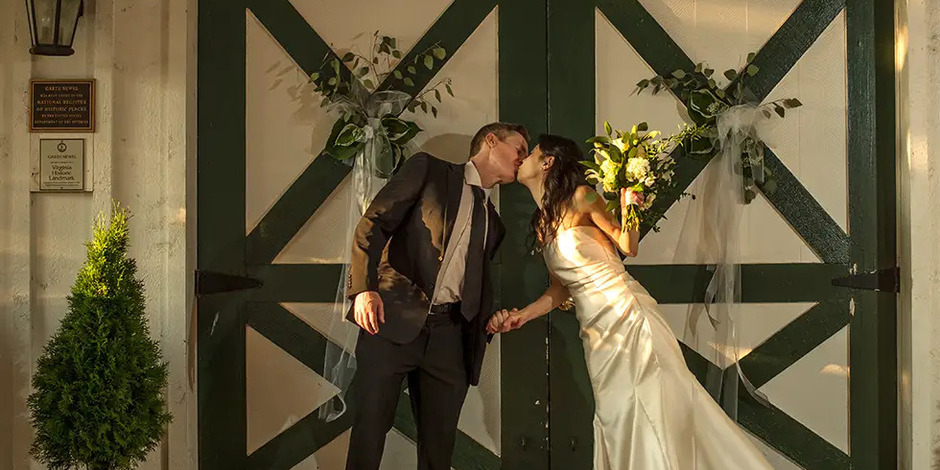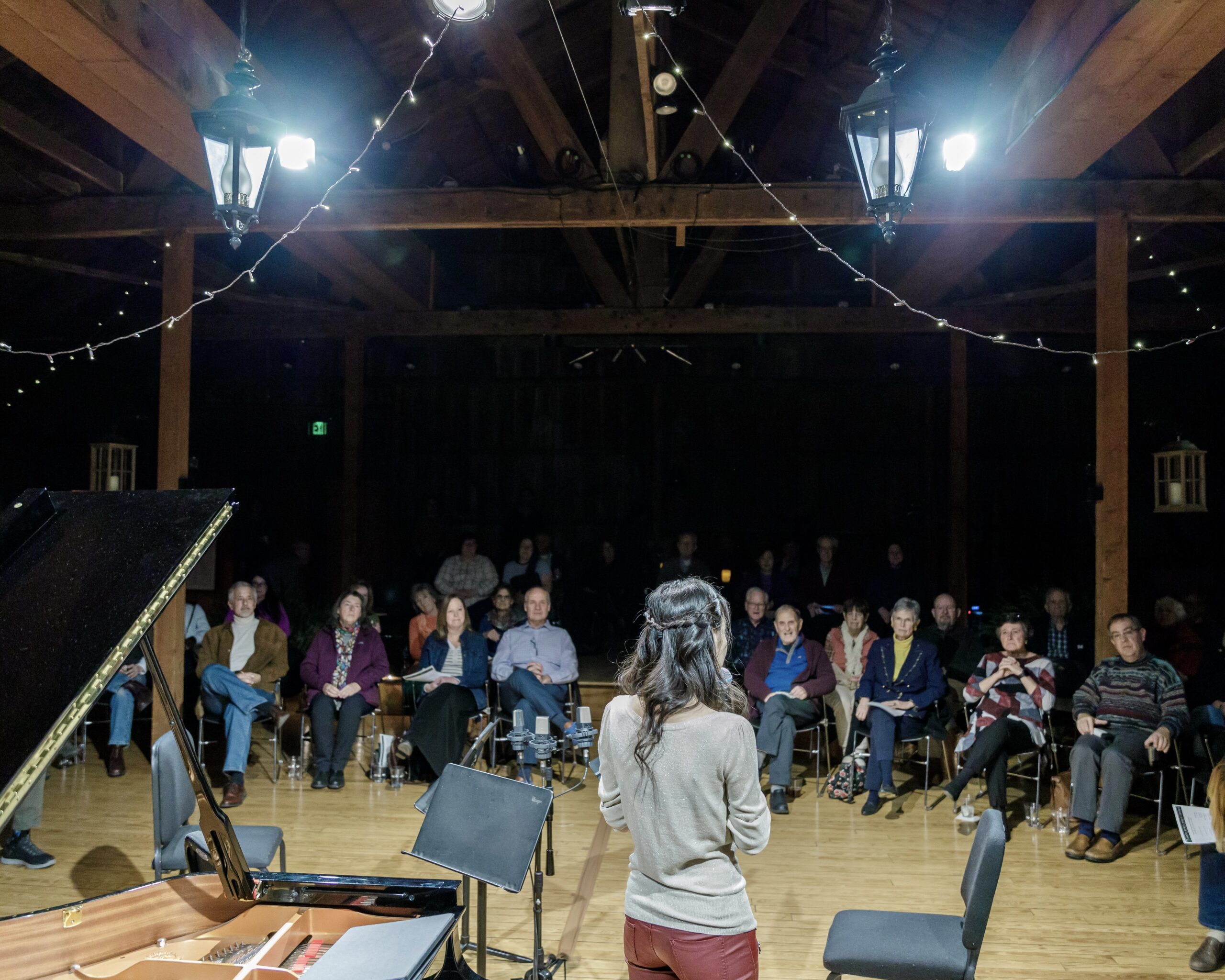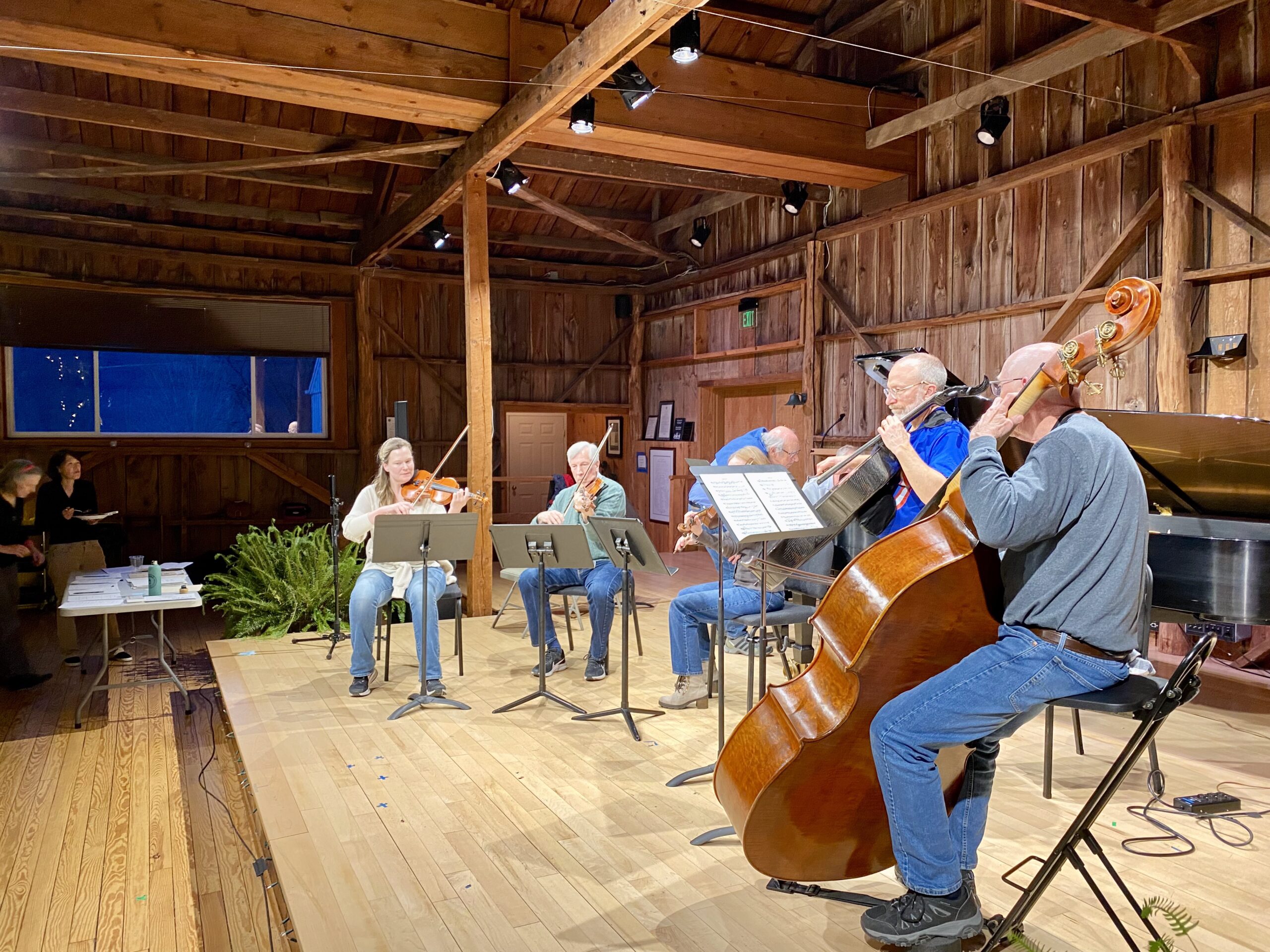Every time I try to describe on this blog a piece of music we’re going to perform, two things happen. I test out a bunch of words that eventually morph into pretentious sacks, and the tunes of “insufferable” and “that’s not right at all” start cycling through my head in a 30 second loop.
And then “Hallelujah!” – I remember that I can just contact the composer and ask them.
Of course, this is only a solution if the composer is still alive. Which, thankfully, they are for our Pub Concerts. Which means that you, lucky reader, get to read something much more interesting about this upcoming Saturday’s program than the normal blather.
Let’s start with the titular work, Alberto Colla’s Abaculi Quartet, the 2012 Garth Newel Piano Quartet Composition Competition winner. Abaculi means “small cubes of coloured glass, enamel, stone or other material used in marquetry and mosaic work”, an idea that connects the 7 parts of the work. It is an imaginative, vibrant, and freshly interesting piece that I have thoroughly enjoyed getting to know. Colla provided the following eloquent words on the piece –
The Abaculi quartet is a work divided in VII parts with very strange titles.
1) The first section is: Collage of hives, pinecones, sunflowers and pineapples
That is because the hives, pinecones, sunflowers and pineapples are natural examples of mosaics with regular wedges. It is a fast follow of musical ideas, a collage of different but tied up little seeds.
2) The second section is: Radiating torbenite’s crystals
Torbenite is a mineral of uranium with a beautiful green color. It’s radiating and is an example similar of all the minerals, of a molecular structure, organized in wedges of growth, that mirrors in the final form of the crystal. It is a brief passage where the pizzicatos predominate.
3) The third part of the quartet is the: Natural stones’ reticulate
I imagined a art object realized with natural rocks. A mosaic of rocks. Every musical element is very hard, definite, without hesitations. A very bright and energetic section.
4) The fourth section is the: Bichromatic tiling
A short mosaic of only two colours. One color is the singing cello vith violin and viola pizzicato, the second colour is made by the viola with piano.
5) The fifth part has a curios title: Inlay of rotted rain woods
It’s like an inlay made of tropical rain forest woods. Violin and viola plays col legno (with the wood of the bow) the piano has a dry sound. But every kind of wood has a different color a different tone. Some are red, others are black, rich of veins, or extremely smooth.
6) The sixth section is the: Dodecalithic mosaic
A mosaic made of twelve stones of different chromatic colours. Each stone is connected with one different note, an harmonic root. It is a really short part that ends in few seconds. Only twelve vertical chords and the music is over.
7) The seventh and last part is the longest and it’s title is: Splinters of monochromatic stained glasses
Stained glass are rich of colors, of reflexes, of tones, of hulling and lights. There are so many elements to build up only one figure. This section has a more minimalist construction with resumptions of similar elements and games of small variations.
Colla’s calls his compositional method Concinnitas, a concept that takes as its guiding principle the harmony inherent within nature.
Concinnitas means harmony and beauty of style in Latin and in my music is a technique based on natural harmonic affinity of chords. In Italy this term was first time used by the great architect Leon Battista Alberti (1404-1472):
Alberti’s definition of beauty: “Beauty is that reasoned harmony of all the parts within a body, so that nothing may be added, taken away, or altered, but for the worse.”
Alberti’s definition of Concinnitas: “When you make judgements on beauty, you do not follow mere fancy, but the workings of a reasoning faculty that is inborn in the mind. It is clearly so, since no one can look at anything shameful, deformed, or disgusting without immediate displeasure and aversion. What arouses and provokes such sensation in the mind we shall inquire into in detail, but shall limit our consideration to whatever evidence presents itself that is relevant to our argument. For within the form and figure of a building there resides some natural excellence and perfection that excites the mind and is immediately recognized by it. I myself believe that form, dignity, grace, and other such qualities depend on it, and as soon as anything is removed or altered, these qualities are themselves weakened and perish. Once we are convinced of this it will not take long to discuss what may be removed, enlarged, or altered, in the form and figure. For every body consists entirely of parts that are fixed and individual; if these are removed, enlarged, reduced, or transferred somewhere inappropriate, the very composition will be spoiled that gives the body its seemly appearance.
“From this we may conclude, without pursuing such questions any longer, that the three principal components of that whole theory into which we inquire are number, what we might call outline, and position. But arising from the composition and connection of these three is a further quality in which beauty shines full face: our term for this is concinnitas; which we say is nourished with every grace and splendor. It is the task and aim of concinnitas to compose parts that are quite separate from each other by their nature, according to some precise rule, so that they correspond to one another in appearance.
“That is why when the mind is reached by way of sight or sound, or any other means, concinnitas is instantly recognized. It is our nature to desire the best, and to cling to it with pleasure. Neither in the whole body nor in its parts does concinnitas flourish as much as it does in Nature herself.; thus I might call it the spouse and soul of reason. It has a vast range in which to exercise itself and bloom-it runs through man’s entire life and government, it molds the whole form of Nature. Everything that Nature produces is regulated by the law of concinnitas, and her chief concern is that whatever she produces should be absolutely perfect. Without concinnitas this could hardly be achieved, for the critical sympathy of the parts would be lost. So much for this.
“If this is accepted, let us conclude as follows. Beauty is a form of sympathy and consonance between the parts within a body, according to definite number, outline, and position, as dictated by coninnitas, the absolute and fundamental rule in Nature. This is the main object of the art of building, and the source of her dignity, charm, authority, and worth.” –On The Art of Building in Ten Books, Book IX, Chapter v.
The technique I use is complex to be learned and explained shortly, but it sounds very natural because it’s made of Natural sounds. Each chord has Natural partials in common with others. It is a elaboration of a technique realized in 1946 by Italian composer Roberto Lupi called: Harmony of gravitation. I developed it in all its potentiality. But Concinnitas is a summa of Hauer and Shönberg dodecaphony, Tonality, Set Theory and several other XX century techniques as well. I’m realizing a Theory of Harmony in 4 books to explain it (more than 1300 pages).
To have a visual idea, you can imagine a star, that is the attracting note, the gravitational root of a planetary system, and 12 (or multiple) planets and satellites that move around it in order of attracting gravitation from the star.
The first composizion I realized with this theory is Rifrazioni – Vertici – Dissolvenze for orchestra (2005) from which I derived the Third piano concerto.
An acoustic example of Concinnitas playing very slowly the first 6 bars of the Abaculi quartet’s first movement. The star (root) is the A with his chord A major, all the others are planets and satellites that gravitate around it. Playing it slowly you can appreciate this harmonic morphing.
A second example is the whole movement V. Every two bars there is a harmony and its complement. 24 bars constitute 12 harmony (organized following the Concinnitas theory). You can play the chords without any rhythm, slowly and PP so that the public can appreciate the harmonic changes.
The whole Quartet is harmonically organized in that way. But formally it is made of little abaculi like mosaics: micro-forms.
If you’re intrigued by the many fascinating ideas of Alberto Colla, there is plenty more to discover on his website here.
Speaking of the GNPQ Composition Competition, we had so many wonderful submissions this year that we decided to perform a few of the other works in addition to the winning quartet by Balázs Kecskés (which will be premiered August 11). You’ll get the hear the first of these this Saturday, a hypnotic piece called Vintertröst, by Jens Klimek. We thought it would be a great piece to announce our 4 seasons theme this coming year, as the work is based on the following poem by Swedish poet Albert Theodor (Tore) Gellerstedt (1836-1914):
Keep in loving memory
the last smiling sunbeams
of autumn tide a-fallen.
Believe in your still mind
in spring and spring awakening,
then you have comfort in winter time.
About the inspiration and process of composing the work, Jens says:
While I was looking for seasonal choral music (I have been working as a choral conductor now for 15 years) I came across a setting of the poem Vintertröst by Tore Gellerstedt, a Swedish poet of the late 19th cent. I was not so much intrigued by the setting of the words as by the title. The word Vintertröst is very similar to the German word Wintertrost (“comfort in winter time”). So I pondered the word in my heart and looked for a way to find the right notes to describe the lonesome but intimate and warm atmopshere the poem conveys. So the steady repetitions of the e in the piano and the first chords in the strings were my starting point for the overall inner texture of the piece.
We will also be playing the 2015 Composition Competition winner, Silver Awakenings, by Polina Nazaykinskaya, Aaron Copland’s whimsical Ukulele Serenade, and rounding out the program will be the fun and riotous Lizstomania!, by Matthew Browne, a piece I had premiered this past summer during Keyboard Weekend.
Also – shout out to Anne Bryan! I promised her I would mention here the program we had played this past Saturday for the concert we did with the Millboro Ruritan Club to benefit the local Millboro food bank:
- Louise Heritte-Viardot – Piano Quartet in A Major, Op. 9 Im Sommer (Des Morgens im Walde (Mornings in the Forest)
- Mark Carlson – Piano Quartet (Capricccio)
- Gabriel Faure – Piano Quartet no.2 (2nd mvt)
- Piazzolla – La Muerte del Angel













